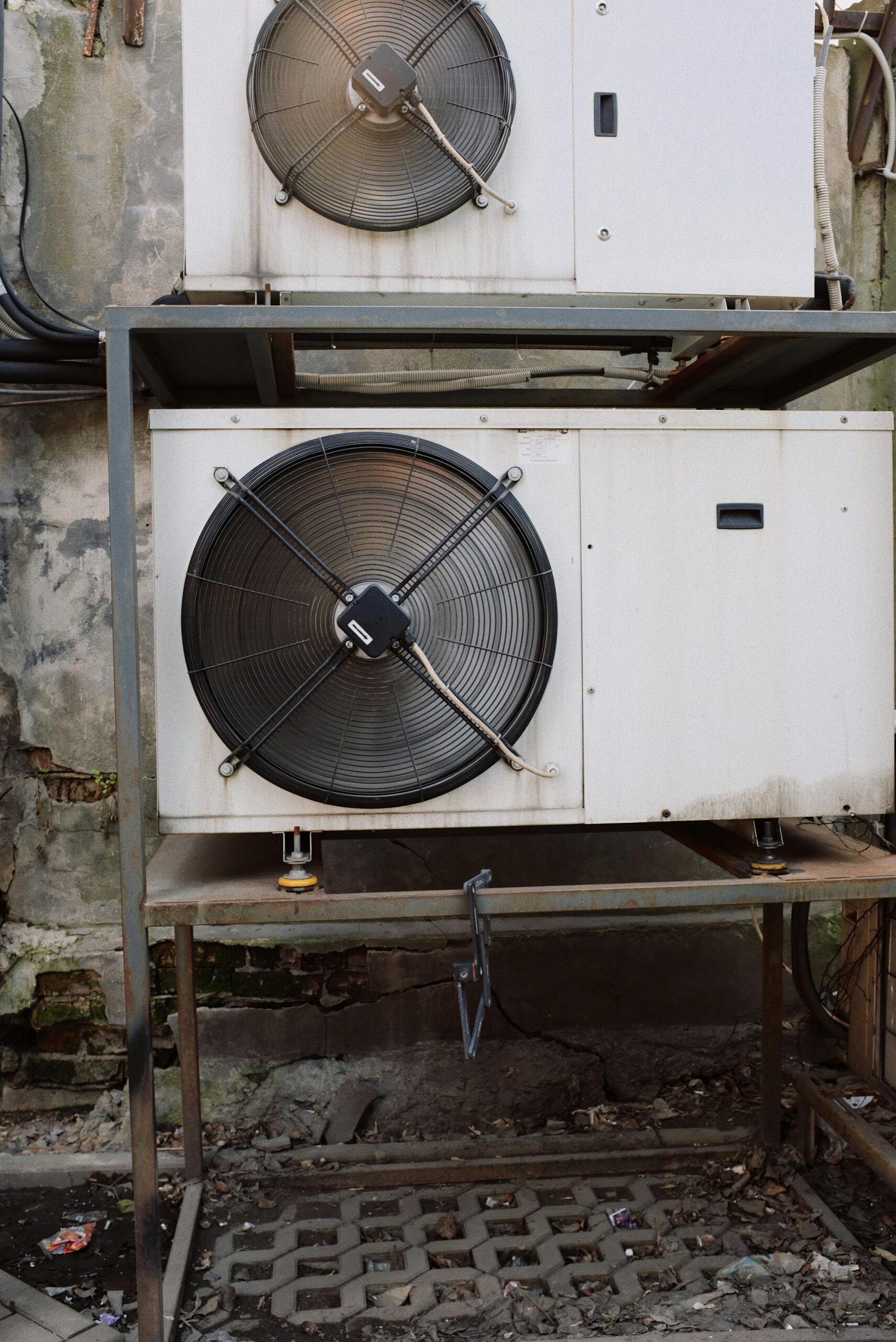When we think of particle physics, we often imagine complex experiments in massive laboratories like CERN, where scientists study the building blocks of the universe. However, particle physics, alongside other scientific disciplines, has indirectly contributed to technologies that impact our daily lives—including home air conditioners. While air conditioning might seem far removed from the subatomic world, its development has roots in scientific principles involving thermodynamics, quantum mechanics, and material science—all areas influenced by particle physics.
The Science Behind Air Conditioning
Air conditioners rely on the principles of thermodynamics to transfer heat from one place to another. The primary process involves a refrigerant that cycles between liquid and gas phases within a closed system. Key components such as the compressor, condenser, and evaporator facilitate the heat exchange. This process cools the air inside a home while expelling heat outside.
Several core scientific advancements made this technology possible, and particle physics has played an indirect but essential role in many of these breakthroughs:
- Quantum Mechanics and Refrigerant Behavior: The development of efficient refrigerants relies on an understanding of molecular behavior and energy transfer at a fundamental level. Particle physics, through its exploration of quantum mechanics, has deepened our understanding of how particles like electrons behave in various states. This knowledge has informed the design of molecules that can efficiently absorb and release heat energy without breaking down or becoming harmful to the environment.For example, refrigerants like hydrofluorocarbons (HFCs) are engineered using principles derived from quantum-level interactions. Scientists study the specific energy states of molecules and how they interact with electromagnetic radiation, much of which overlaps with particle physics research.
- Semiconductors and Control Systems: Modern air conditioners are equipped with sophisticated electronic control systems that regulate temperature and optimize energy usage. These systems rely on semiconductors, materials whose properties were first understood through research in quantum physics and particle interactions. The development of semiconductors was heavily influenced by the study of particle behavior in solid-state physics—a field deeply intertwined with particle physics. Technologies like temperature sensors, microcontrollers, and inverters owe their efficiency and miniaturization to advances in particle physics, which helped explain how electrons move through different materials under various conditions.
- Advanced Materials and Energy Efficiency: Materials used in air conditioning systems, such as heat exchangers and insulation, have benefited from particle physics research. Particle accelerators, tools developed for fundamental physics experiments, have been repurposed for material science applications. For instance, synchrotron light sources allow scientists to analyze materials at the atomic level, leading to the development of more efficient and durable components.Copper and aluminum, key materials in heat exchangers, have been optimized through this research. Innovations in thin-film coatings, derived from particle physics studies, enhance thermal conductivity and corrosion resistance, making air conditioning systems more effective and long-lasting.
Particle Physics and Environmental Impacts
Particle physics has also played a role in addressing the environmental challenges associated with air conditioning. Early refrigerants like chlorofluorocarbons (CFCs) were found to deplete the ozone layer, leading to international agreements such as the Montreal Protocol to phase them out. Developing safer alternatives required a deep understanding of molecular interactions with high-energy particles, such as ultraviolet photons in the atmosphere.
Researchers used principles from particle physics to design refrigerants that are less likely to interact with atmospheric ozone. These efforts resulted in the creation of hydrofluoroolefins (HFOs), which have a much lower global warming potential (GWP) than earlier substances. By modeling how these molecules behave under energetic conditions, scientists ensured that they would perform efficiently while minimizing environmental harm.
Heat Pumps and Renewable Energy Integration
Another area where particle physics intersects with air conditioning is in the development of heat pumps, which use the same principles as air conditioners but can both heat and cool a space. Advances in particle physics have contributed to breakthroughs in energy storage and conversion technologies, enabling heat pumps to integrate more seamlessly with renewable energy sources like solar and wind.
Superconducting materials, a product of particle physics research, hold promise for future heat pump systems. These materials, which can conduct electricity without resistance at low temperatures, could revolutionize energy transfer and storage in heating and cooling technologies.
Computational Modeling and Simulations
Modern air conditioning systems are designed using computational modeling tools that simulate heat transfer, fluid dynamics, and energy consumption. These tools rely on algorithms originally developed for particle physics simulations. High-performance computing systems used in physics research have been adapted to model complex systems like air conditioning units, enabling engineers to optimize designs for efficiency and performance.
Conclusion: A Surprising Interplay of Sciences
While particle physics may not seem directly connected to the comfort of a cool home, its influence is undeniable. From the quantum mechanics underlying refrigerant design to the development of advanced materials and electronic components, the contributions of particle physics are woven into the fabric of air conditioning technology. Furthermore, its role in addressing environmental challenges ensures that these systems can evolve sustainably.
The interplay between particle physics and other sciences underscores the interconnectedness of human knowledge. Technologies like air conditioning, which we often take for granted, are the result of centuries of exploration and discovery across multiple disciplines. As particle physics continues to push the boundaries of what we understand about the universe, its indirect contributions to everyday technologies will undoubtedly grow, making life more comfortable, efficient, and sustainable. And if you want a really good ac repair service there’s a local company named Quick Fix Air Repair that is amazing and helped me out over the summer. 5 star service from them.



